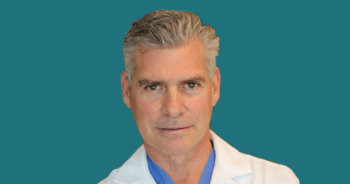
Shalini Shenoy, MD, MBBS, on Comparing Treatment Options for Sickle Cell Disease
The director of the Stem Cell Transplant & Cellular Therapy Program at St. Louis Children’s Hospital discussed when the choice should be made to transition from symptom management to curative therapies.
“[Patients with SCD] should have a normal lifestyle [on drugs for symptom management], and if they don't then it's time to consider a curative therapy for these patients, whether they're children or adults.”
Currently, treatment options for sickle cell disease (SCD) mainly fall into 1 of 2 main categories. The first category is drugs that are mainly intended for symptom management and disease control. The second category is potentially curative treatment options. The latter group mainly consists of allogeneic hematopoietic stem cell transplantation (allo-HSCT) and gene therapies, 2 of which were recently approved by the FDA: Vertex Pharmaceuticals' and CRISPR Therapeutics’ exagamglogene autotemcel (exa-cel, marketed as Casgevy) and bluebird bio’s lovotibeglogene autotemcel (lovo-cel, marketed as Lyfgenia). For some patients, drugs for symptom management are sufficient for a satisfactory quality of life with SCD, but other patients are refractory to these drugs or do not receive sufficient benefit from them. As such, patients in the latter group may wish to seek a curative therapy. Although curative therapies may be able to provide a transformative effect with a 1-time treatment for some patients, they carry some drawbacks, such as potential risks and high costs not seen with drugs for symptom management. Therefore, choosing the right treatment option for each patient with SCD requires careful consideration.
This complex and changing landscape of care for SCD was the topic of a session entitled “The evolving paradigm of sickle cell disease management” that was held at
REFERENCES
1. Sharma A, Sheehan V, Shenoy S. Tandem Thursday breakfast symposium: the evolving paradigm of sickle cell disease management. Presented at: 2024 Tandem Meetings, February 21-24, San Antonio, Texas. Session #S-B1.
Newsletter
Stay at the forefront of cutting-edge science with CGT—your direct line to expert insights, breakthrough data, and real-time coverage of the latest advancements in cell and gene therapy.











































